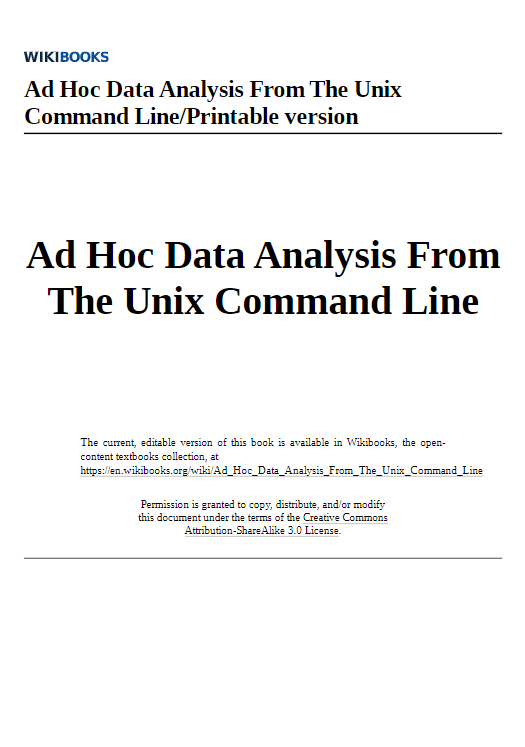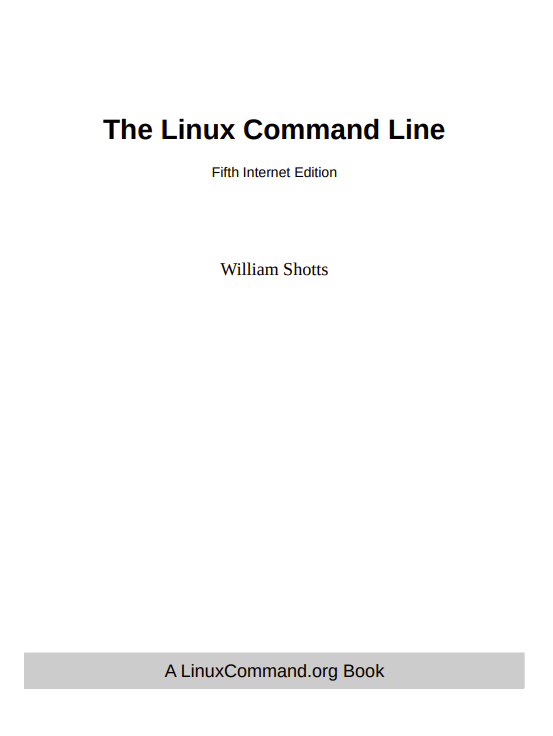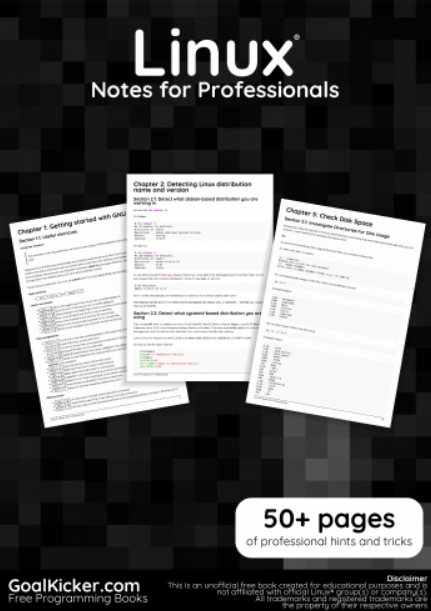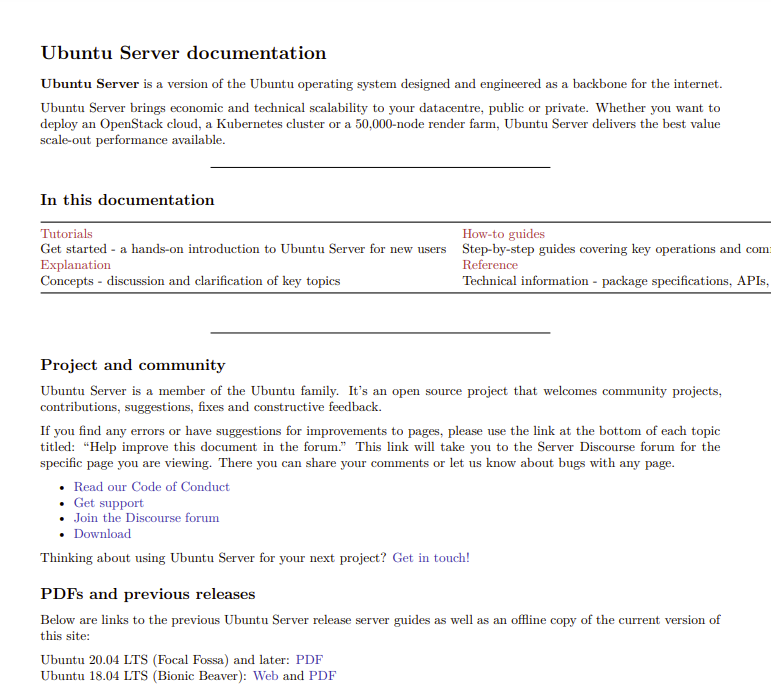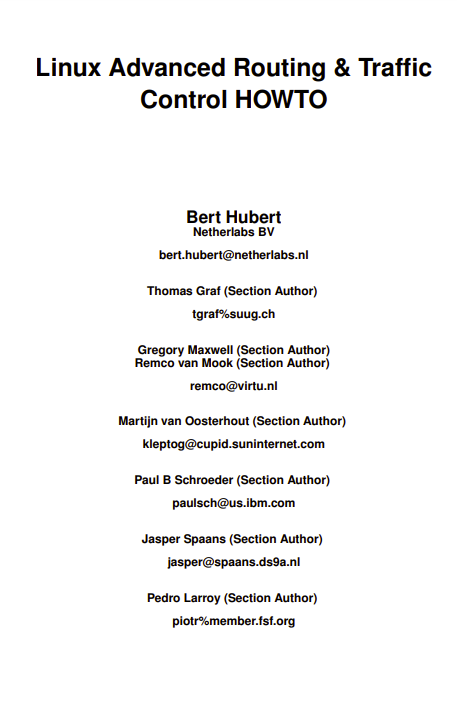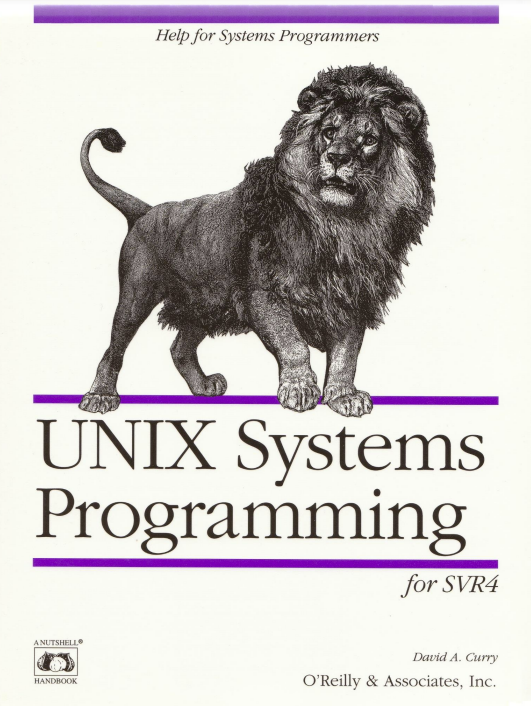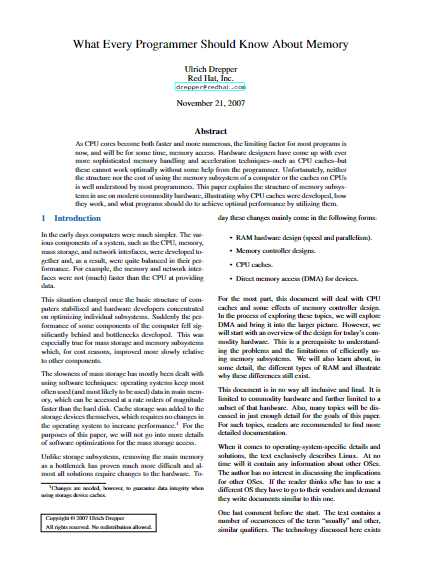Unix is a family of multitasking, multiuser computer operating systems that derive from the original AT&T Unix, whose development started in 1969 at the Bell Labs research center by Ken Thompson, Dennis Ritchie, and others.
Initially intended for use inside the Bell System, AT&T licensed Unix to outside parties in the late 1970s, leading to a variety of both academic and commercial Unix variants from vendors including University of California, Berkeley (BSD), Microsoft (Xenix), Sun Microsystems (SunOS/Solaris), HP/HPE (HP-UX), and IBM (AIX). In the early 1990s, AT&T sold its rights in Unix to Novell, which then sold the UNIX trademark to The Open Group, an industry consortium founded in 1996. The Open Group allows the use of the mark for certified operating systems that comply with the Single UNIX Specification (SUS).
Once upon a time, I was working with a colleague who needed to do some quick data analysis to get a handle on the scope of a problem. He was considering importing the data into a database or writing a program to parse and summarize that data. Either of these options would have taken hours at least, and possibly days. I wrote this on his whiteboard:
- Your friends: cat, find, grep, wc, cut, sort, uniq
These simple commands can be combined to quickly answer the kinds of questions for which most people would turn to a database, if only the data were already in a database. You can quickly (often in seconds) form and test hypotheses about virtually any record-oriented data source.
Intended audience
You’ve logged into a Unix box of some flavor and run some basic commands like ls and cd and cat. If you don’t know what the ls command does, you need a more basic introduction to Unix than I’m going to give here.
